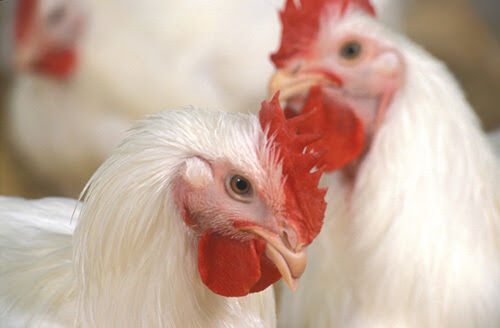The snow is starting to finally melt, the sun is getting warmer and plans for branding and processing the new calf crop are being put together. To ensure you are following good quality assurance measures, here are a few things to keep in mind while working on that branding plan.
Proper handling of animal health products
Vaccinations and other animal health products should be handled according to their labels. The label should state the proper temperature for storage of the product, its tolerance to sunlight, how long it can be used after opening and expiration date. Temperature and light exposure can be controlled with a proper storage unit such as an animal health product cooler. These coolers, whether homemade or commercially produced, can provide a proper temperature and protection from sunlight. Many commercially produced coolers also have convenient syringe storage and needle disposal features. Some animal health products, including vaccines, can have a limited time of use after being opened. Follow the label directions for proper storage on these opened products. Any product past its expiration date should not be used and discarded properly.
Something that is not on the label but considered a best practice is preventing contamination. Most injectable animal health products must be extracted from their container using a needle and syringe. The best practice is to only use a new clean needle to insert into the container, preventing any contamination from used needles. It is also a good practice to only mix animal health products like vaccines as they are needed. For example, if you have 200 head to process and the vaccine comes in 20 dose vials, only mix one vial at a time as needed.
Using clean syringes is also important for proper efficacy of animal health products and vaccinations. To properly clean syringes, the outside can be cleaned with mild soap and water. The internal parts should be triple rinsed with clean hot water without soap or disinfecting agents. Distilled water is preferred as tap water may contain minerals that can be detrimental to vaccines. The easiest way is to heat water in a microwavable container to between 180 and 212 degrees Fahrenheit. Then using a clean needle attached to the syringe, draw in and push out the hot water three times. Allow the syringe to air dry before using. After drying, store syringes in a dust free container or zip top plastic bag to prevent contamination.
Proper injection site management
When handling cattle, especially calves, being mindful of injection site management can prevent numerous problems. First and foremost, inject any animal health products in the “injection triangle” located in front of the shoulders on the animal’s neck. Make sure the injection location is relatively clean, free of manure and excessive dirt or mud. Use the appropriate needle gauge and length for intramuscular and subcutaneous injections. If multiple injections are being given, separate the injection sites by three to four inches, about the width of an average adult hand. Injections of more than 10 cubic centimeters, or ccs, should be split into multiple injections sites.
When working groups of cattle, needles should be replaced every 10 to 15 head. This prevents needles from becoming too dull and causing excessive damage to skin and muscle tissue. When properly selected and paired with a product based on dosage, many modern syringe guns will hold 10 doses of animal health products and the needle can be changed each time the syringe needs to be refilled. Again, a new, clean needle should be placed into the container when it is time to refill, preventing contamination.
Any needles that become damaged or bent during processing should be immediately replaced. A broken needle may not deliver product correctly or in the worst case, break off and remain in the animal. This would need to be noted and follow the animal the rest of its life to prevent the needle from being found later in the beef carcass.
When changing between groups of cattle or pastures, it is advisable to make sure everything is clean, fresh and in proper condition before starting to process the new group of animals. If it has been an extended amount of time between giving the last dose of a product, especially a vaccine, and starting on a new group, it may be better to clear out syringes and start with a refill of animal health product or vaccine. Replace all needles with clean, new needles on all syringes.
Keeping these things in mind should help to make the products used as effective as possible and minimize injection site problems. Do not forget to keep good records of your processing including date, product name, lot number, animals processed and people administering products. In the end it will help ensure healthy animals and high-quality beef.




